Current Projects
Together, we can keep the spirit and story of Plainfield alive. Your support ensures that the voices of the past continue to be heard—and that the lessons, triumphs, and challenges of those who came before us are never forgotten.
 Plainfield Historical Society
Plainfield Historical Society
Together, we can keep the spirit and story of Plainfield alive. Your support ensures that the voices of the past continue to be heard—and that the lessons, triumphs, and challenges of those who came before us are never forgotten.
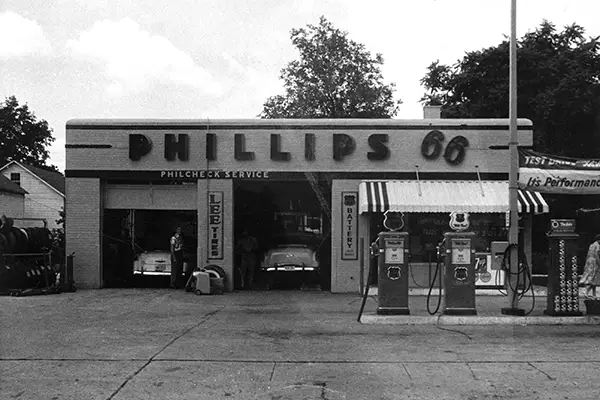
The Plainfield Historical Society is proud to announce the acquisition of the 1940 Phillips 66 Service Station, located along the historic shared alignment of Route 66 and the Lincoln Highway—two of America’s most legendary roadways.
This iconic service station stands on Plainfield’s stretch of Historic Route 66, often called the “Mother Road” or “Main Street of America.” As the nation prepares to celebrate the centennial of Route 66 in 2026, we are launching an exciting new project to honor the road’s enduring impact on our community and the country.
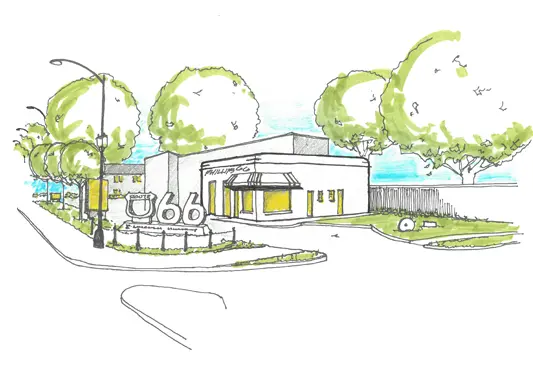
The first phase of the restoration will feature a dynamic exhibit titled Pumped Up on Plainfield, spotlighting the people, places, and stories that brought life to Route 66 in Plainfield. From local businesses that served generations of travelers to families who lived and worked along the corridor, the exhibit will offer a vivid look into Plainfield’s roadside history.
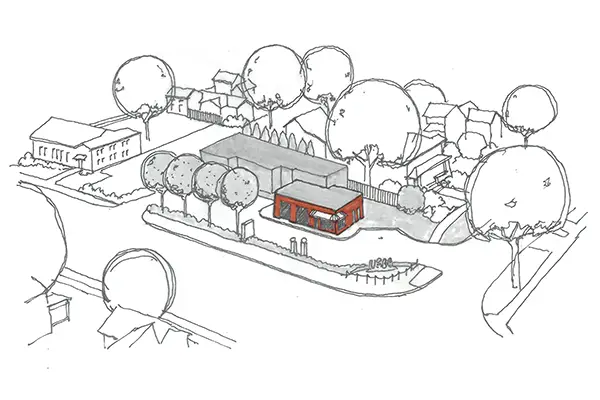
Beyond the initial exhibit, the Historical Society envisions a major expansion of the site—including over 3,000 square feet of new gallery space, a research library, and secure archival storage for rare artifacts, photographs, and documents. This future-forward facility will serve as a vibrant hub for education, preservation, and community engagement.
The estimated cost of the full expansion, including furnishings and exhibit installations, is $2 million. To make this vision a reality, the Society is seeking support through a combination of:
With your help, we can preserve this unique piece of Route 66 history and create an unforgettable destination that celebrates Plainfield’s place on America’s most famous highway.
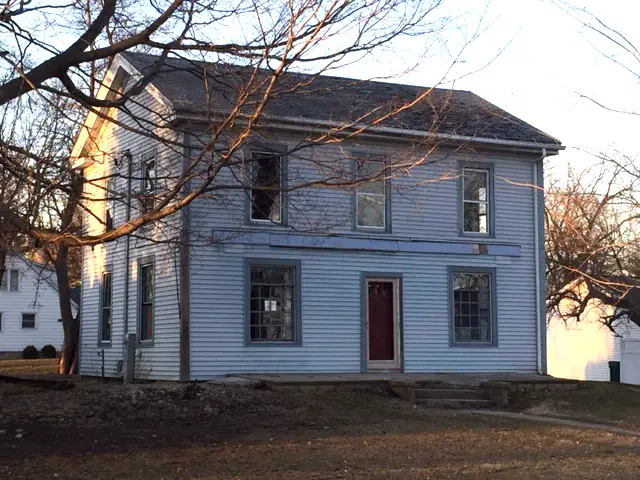
The original section of the Turner–Mottinger House—located at the rear of the current structure—was built circa 1834 by James and Mary (House) Turner. Alongside his uncle, James Mathers, Mr. Turner helped establish East Plainfield, a settlement that was later incorporated into the Village of Plainfield. Remarkably, homes built between 1833 and 1835 by the five founding families of the community still stand today.
James and Mary Turner raised five children in this home. As their family grew, the house was expanded between 1840 and 1847 with the addition of a kitchen wing. During this period, a stairway was also constructed leading to the second-floor loft. Hidden behind the stairwell was a small, concealed space—believed to have been used as a hiding place for enslaved individuals seeking freedom along the Underground Railroad. Though unconfirmed, the Turners were known anti-slavery sympathizers, and oral histories suggest the home may have served as a site of refuge.
Following Mr. Turner’s death in 1847, the property was sold to John and Mary (Dauberman Dillman) Mottinger. They added the two-story front section that faces Lockport Street, giving the home much of its present appearance.
The hidden room behind the staircase remained undisturbed until the 1960s, when it was discovered by the children of Paul and Jean Huling, then owners of the property. During the 1980s, a subsequent renovation removed the stairwell section that once led to the space.
In 2012, the Plainfield Historical Society acquired the historically significant home. With support from Landmarks Illinois, a grant was secured to install a new roof, providing critical protection for the structure’s interior. In 2024, the Society received a T-Mobile Hometown Grant to begin a multi-phase restoration project. This funding will allow the house to be lowered back to its original foundation, complete essential structural repairs, and initiate exterior restoration work.
The Society’s long-term vision is to transform the Turner–Mottinger House into a public resource center focused on exploring evolving perceptions of race and social justice across generations. This vital work will require additional support.
Total Received to Date: $51,000
With your help, this important piece of Plainfield’s past can be preserved—and used to educate and inspire future generations.
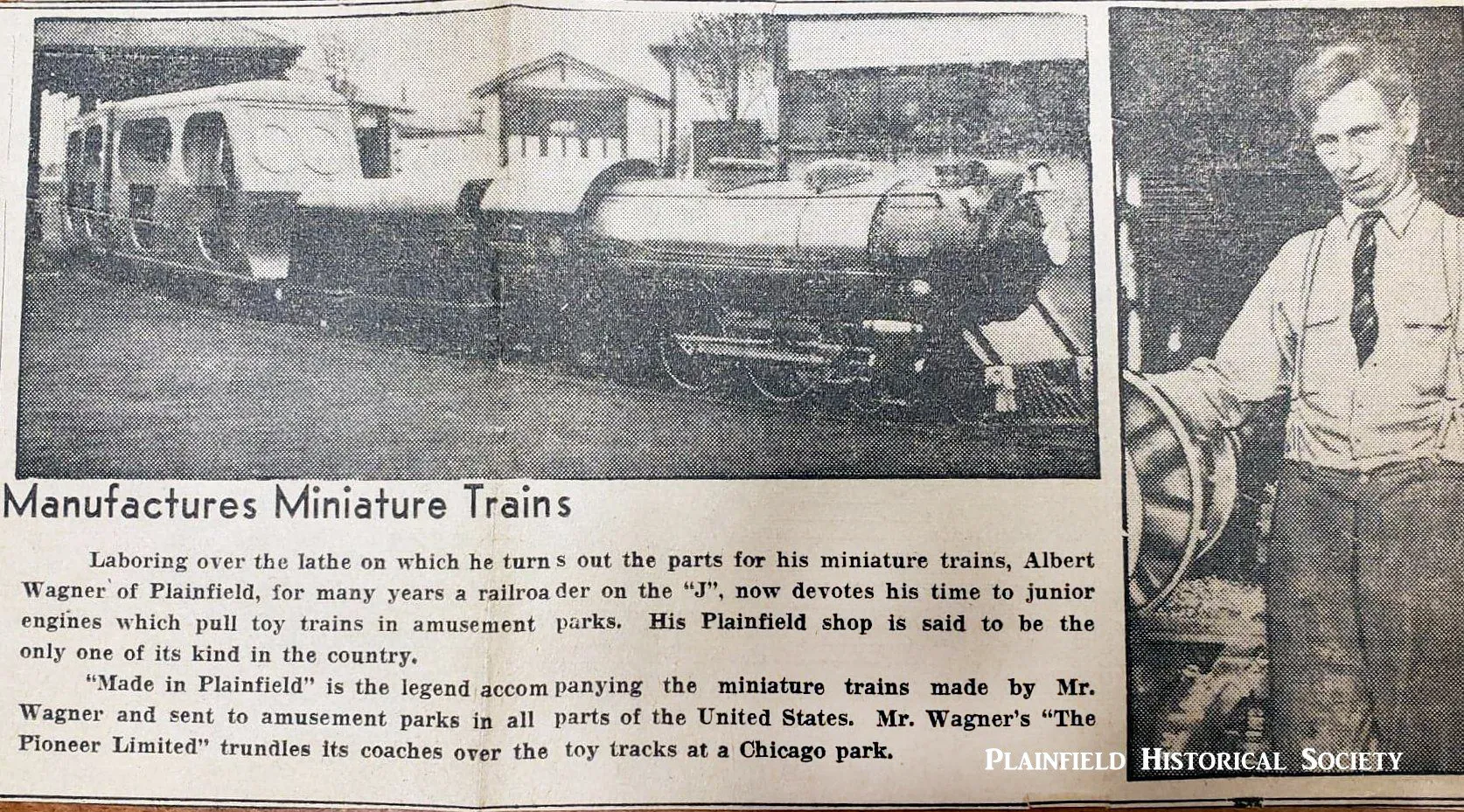
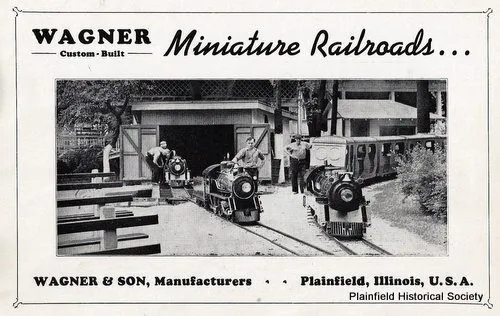
WAGNER & SON DRAWINGS CONSERVATION will preserve the original drawings made by Albert & Tony Wagner of Plainfield, who manufactured miniature steam engines for amusement parks around the world. The large collection of drawings was recently donated to the Society. Due to the original drawing media, the drawings are fragile but are sought after by collectors and operators of surviving Wagner Steam Engines.
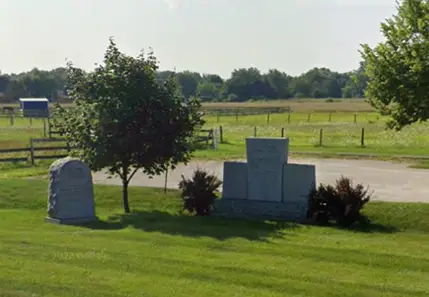
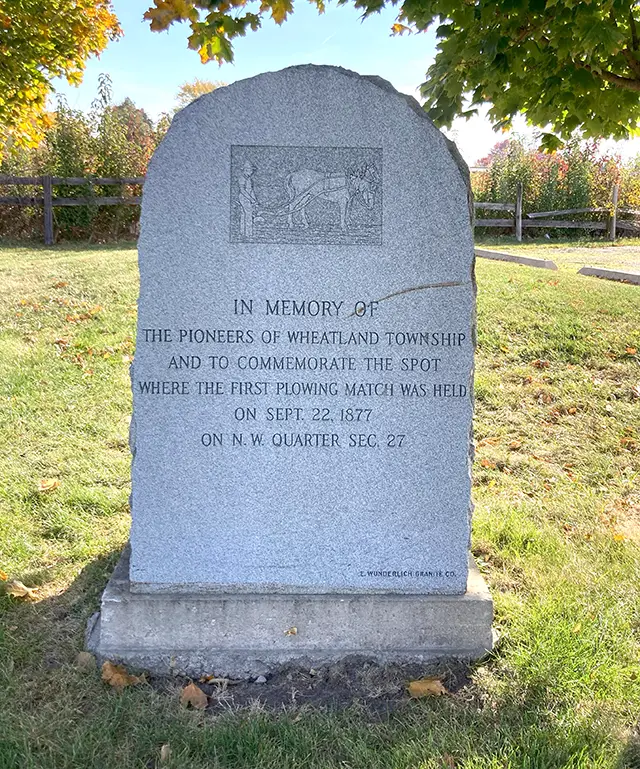
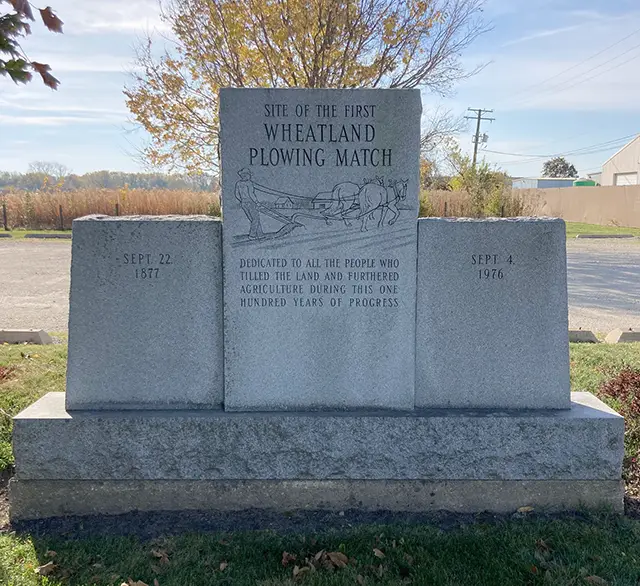
The Wheatland Plowing Match Memorial Site commemorates the location of the first agricultural competition and fair held in Will County. As one of the oldest events of its kind in the United States, the Wheatland Plowing Match was an annual tradition that ran for a century—from 1877 to 1976.
Today, the site features two large granite markers and stands as a tribute to the region’s rich agricultural heritage. It is located on 119th Street, just east of Illinois Route 59, past Spaulding School Drive.
When the Wheatland Plowing Match Association formally disbanded in 2012, the organization entrusted the memorial site to the Plainfield Historical Society. Although the transfer included no endowment for improvements or ongoing maintenance, the Society has continued to honor the site’s legacy through weather-permitting commemorative events.
To ensure the preservation and accessibility of this important local landmark, the Society has identified a number of necessary improvements, including:
Total Received to Date: $0
The Plainfield Historical Society is a non-profit, charitable 501 (c) 3 organization
© 2025 Plainfield Historical Society